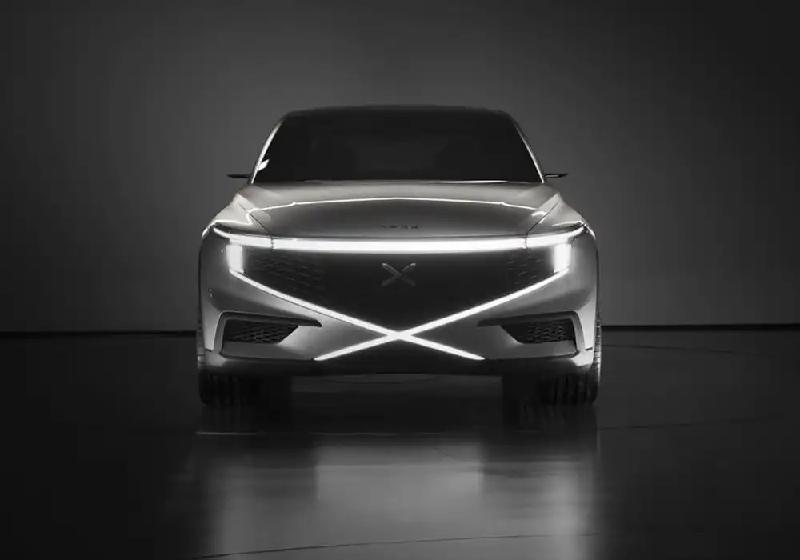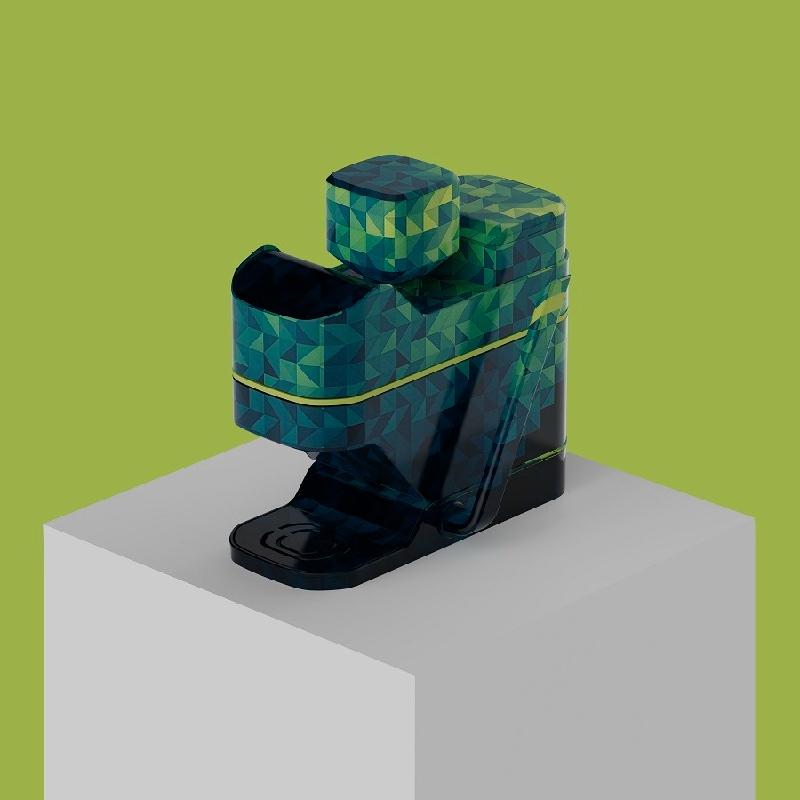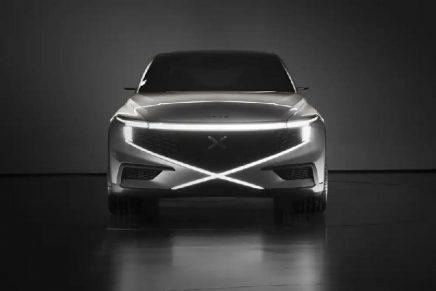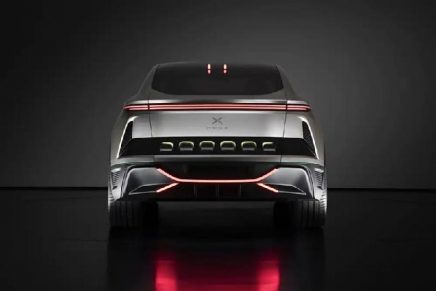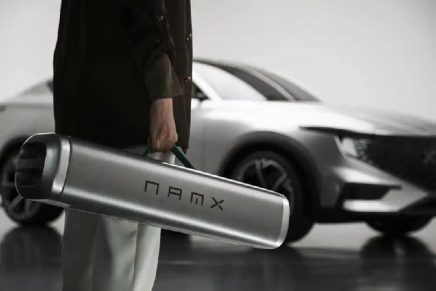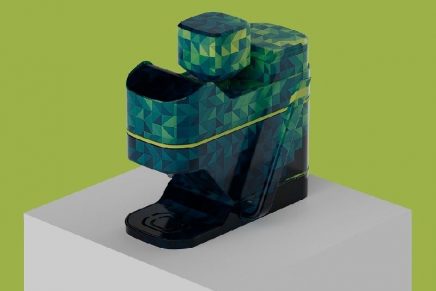Pininfarina has achieved remarkable success at the Green Good Design.
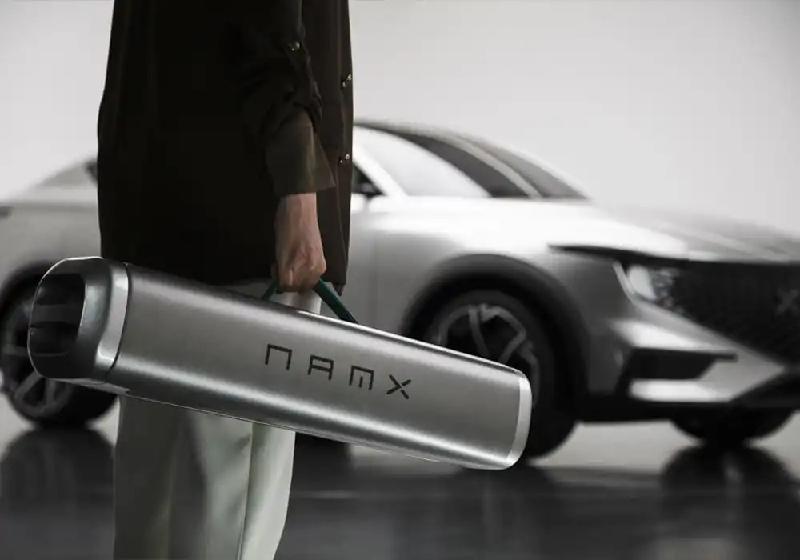
The award-winning projects, namely Namx Huv, Akom, and B1 Digital Business Card, highlight Pininfarina’s commitment to reducing environmental impact while embracing sustainable business practices.; @Pininfarina Namx Huv
Namx Huv, Akom, and B1 Digital Business Card projects have been named winners in the Green Transportation and Green Products categories, showcasing Pininfarina‘s commitment to sustainability.
The Good Design Awards 2023 has recognized Pininfarina for their exceptional design achievements in the field of sustainability. The renowned design firm has secured multiple wins, including the prestigious Green Good Sustainability Design Award. This recognition is a testament to Pininfarina’s dedication to creating innovative and environmentally conscious solutions.
One of the standout winners is Namx Huv, a hydrogen-powered SUV that has set a new benchmark for carbon-free mobility. This groundbreaking vehicle features a unique removable tank system, making it the first of its kind in the world. The removable capsules provide a practical solution for refueling, ultimately contributing to the widespread availability of hydrogen fuel. Collaborating with the DE LUSSAC design studio, Pininfarina has brought Namx Huv to life, showcasing their ability to combine innovation with sustainable design.
Akom, another award-winning project, focuses on revolutionizing at-home coffee while prioritizing sustainability. Pininfarina took a multidimensional approach to ensure a sustainable coffee experience, addressing material selection, maintenance processes, and capsule disposal. By recreating the traditional method of making espresso, Akom aims to deliver an authentic and environmentally responsible coffee experience. Extensive research was conducted to study the interaction with espresso machines, resulting in a product that seamlessly integrates sustainability into daily life.
In addition to the transportation and consumer product categories, Pininfarina’s B1 Digital Business Card represents a sustainable evolution of the traditional business card. This project demonstrates Pininfarina’s ability to incorporate sustainable practices into various industries. By digitizing business cards, the B1 Digital Business Card reduces the consumption of paper and promotes a more efficient and environmentally friendly networking solution. Pininfarina’s focus on sustainability extends beyond specific product categories, highlighting their commitment to driving eco-friendly changes across diverse sectors.
The benefits of Pininfarina’s winning designs are substantial. By pushing the boundaries of innovation and sustainability, Pininfarina has positioned themselves as leaders in environmentally conscious design. Their projects provide practical solutions to pressing issues such as carbon emissions and resource consumption. The Namx Huv, with its removable tank system, offers a promising alternative to traditional fueling methods, facilitating the adoption of hydrogen-powered vehicles. Akom showcases how sustainability can be integrated into everyday experiences, transforming the way people enjoy coffee. The B1 Digital Business Card addresses the environmental impact of paper waste while adapting to the digital age.
Despite their remarkable achievements, it’s important to consider the potential challenges or areas for improvement in Pininfarina’s winning designs. One aspect that could be scrutinized is the scalability and accessibility of their solutions. While the award-winning projects exemplify innovative design thinking, it’s essential to ensure that these designs can be implemented on a broader scale and made available to a wider audience. Factors such as cost, infrastructure requirements, and manufacturing capabilities may impact the widespread adoption of Pininfarina’s sustainable designs.
Additionally, it would be valuable to evaluate the long-term environmental impact of these projects beyond their immediate benefits. Lifecycle assessments, including factors like raw material sourcing, energy consumption during manufacturing, and end-of-life disposal, can provide a comprehensive understanding of the environmental footprint of these designs. Pininfarina’s commitment to sustainability should extend to all stages of a product’s lifecycle, ensuring a holistic approach that maximizes positive environmental outcomes.
Furthermore, as Pininfarina continues to innovate in the field of sustainable design, maintaining transparency and open communication will be crucial. Sharing their research findings, methodologies, and lessons learned with the wider design community can foster collaboration and inspire others to prioritize sustainability in their own work.

